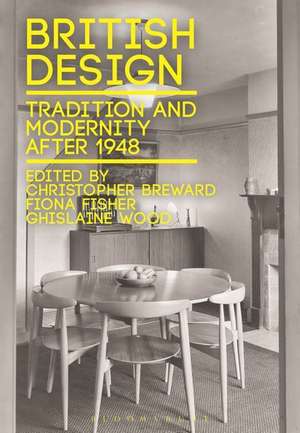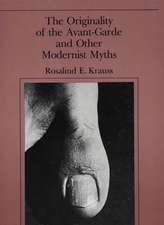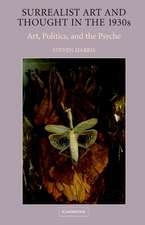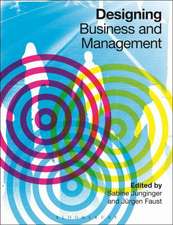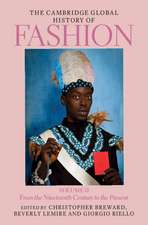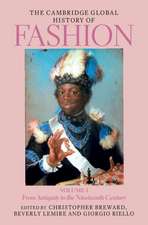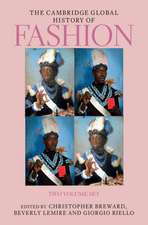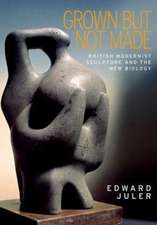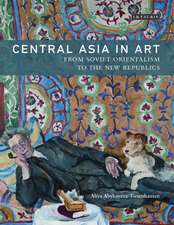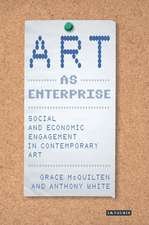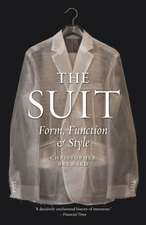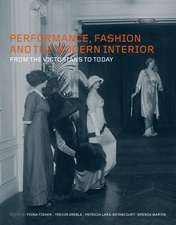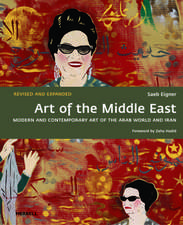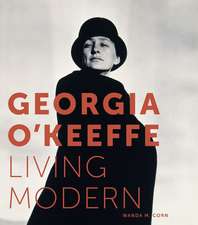British Design: Tradition and Modernity after 1948
Editat de Christopher Breward, Fiona Fisher, Ghislaine Wooden Limba Engleză Paperback – 21 oct 2015
Preț: 201.34 lei
Preț vechi: 232.32 lei
-13% Nou
Puncte Express: 302
Preț estimativ în valută:
38.54€ • 41.88$ • 32.39£
38.54€ • 41.88$ • 32.39£
Carte disponibilă
Livrare economică 31 martie-14 aprilie
Preluare comenzi: 021 569.72.76
Specificații
ISBN-13: 9781472505378
ISBN-10: 1472505379
Pagini: 240
Ilustrații: 49 bw and 16 colour illus
Dimensiuni: 169 x 244 x 13 mm
Greutate: 0.52 kg
Editura: Bloomsbury Publishing
Colecția Bloomsbury Academic
Locul publicării:London, United Kingdom
ISBN-10: 1472505379
Pagini: 240
Ilustrații: 49 bw and 16 colour illus
Dimensiuni: 169 x 244 x 13 mm
Greutate: 0.52 kg
Editura: Bloomsbury Publishing
Colecția Bloomsbury Academic
Locul publicării:London, United Kingdom
Caracteristici
Tackles controversial topics such as Brutalist architecture that produced buildings such as the University of Essex Library, and notable recent design successes such as Thomas Heatherwick's design of the new Routemaster bus.
Notă biografică
Christopher Breward is Professor of Cultural History at the University of Edinburgh and Principal of Edinburgh College of Art, both UK. Fiona Fisher is a researcher in the Faculty of Art, Design and Architecture at Kingston University, UK.Ghislaine Wood is Deputy Director of the Sainsbury Centre for Visual Arts, University of East Anglia, UK.
Cuprins
ForewordBritish Design 1948-2012: Innovation in the Modern Age: A Retrospective View, Christopher Breward, Edinburgh College of Art, UK and Ghislaine Wood, Victoria & Albert Museum, UKThe Spaces and Places of British Modernity, Fiona Fisher and Penny Sparke, Kingston University, UK1. The Primavera Story, 1946-1967, Janine Barker, Northumbria University, UK and Cheryl Buckley, University of Brighton, UK2. Tommy Roberts: Kleptomania to Two Columbia Road, Paul Gorman, Visual Culture Writer, UK 3. John Fowler, Nancy Lancaster and the English Country House, Martin Wood, Designer and Writer, UK4. At Home with Modern Design, 1958-1965: A Case Study, Christine Lalumia, Design Historian, UK5. Conservative Flagship. Interior design for RMS Windsor Castle, 1960, Harriet McKay, Royal College of Art and Suffolk New College, UK6. Bernat Klein: Colouring the Interior, Fiona Anderson, National Museums Scotland, UK7. Ancient Spaces in Modern Dress: Basil Spence at the University of Sussex, Maurice Howard, University of Sussex, UK8. Architects Co-partnership: Private Practice for Public Service, Alan Powers, Writer and Curator, UK9. Something Fierce: Brutalist Historicism in the University of Essex Library, Jules Lubbock, University of Essex, UK10. Hidden Internationalisms: Tradition and Modernism in Post-war Primary School Design 1948-1972, Catherine Burke, University of Cambridge, UK11. Clean Living Under Difficult Circumstances. Modernist Pop and Modernist Architecture: A Short History of a Misunderstanding, Owen Hatherley, Journalist, UK12. Edinburgh on the Couch, Richard J. Williams, University of Edinburgh, UK13. Heatherwick Studio: A New Bus for London, Abraham Thomas, Sir John Soane's Museum, UKBibliographyIndex
Recenzii
This compact volume represents good value for money with many fresh ideas and perceptive overviews. As a handbook of ideas about the history of British design from the post-war years to the 2010s, it is useful and thought provoking and gathers together leading experts, emerging and established researchers and polemicists.
Anyone who's wondered how the Britain of utility furniture and wartime rationing managed to evolve into 'Cool Britannia' will find this a remarkable book. The authors work from case studies, achieving a remarkably nuanced portrait of a country in transition. From the trend setting crafts for sale at the London boutique Primavera to the "fun furniture" available at Mr Freedom, the examples presented in this edited volume are like a breath of fresh air; they also provide a counterweight to older, decorous studies of British "good taste." The interiors of post-war country house decorators like John Fowler and modernist architects like Mary Crowley and David Medd receive equal treatment. British interior design emerges as transgressive and eccentric, romantic and--at its best--ingenious.
Anyone who's wondered how the Britain of utility furniture and wartime rationing managed to evolve into 'Cool Britannia' will find this a remarkable book. The authors work from case studies, achieving a remarkably nuanced portrait of a country in transition. From the trend setting crafts for sale at the London boutique Primavera to the "fun furniture" available at Mr Freedom, the examples presented in this edited volume are like a breath of fresh air; they also provide a counterweight to older, decorous studies of British "good taste." The interiors of post-war country house decorators like John Fowler and modernist architects like Mary Crowley and David Medd receive equal treatment. British interior design emerges as transgressive and eccentric, romantic and--at its best--ingenious.
